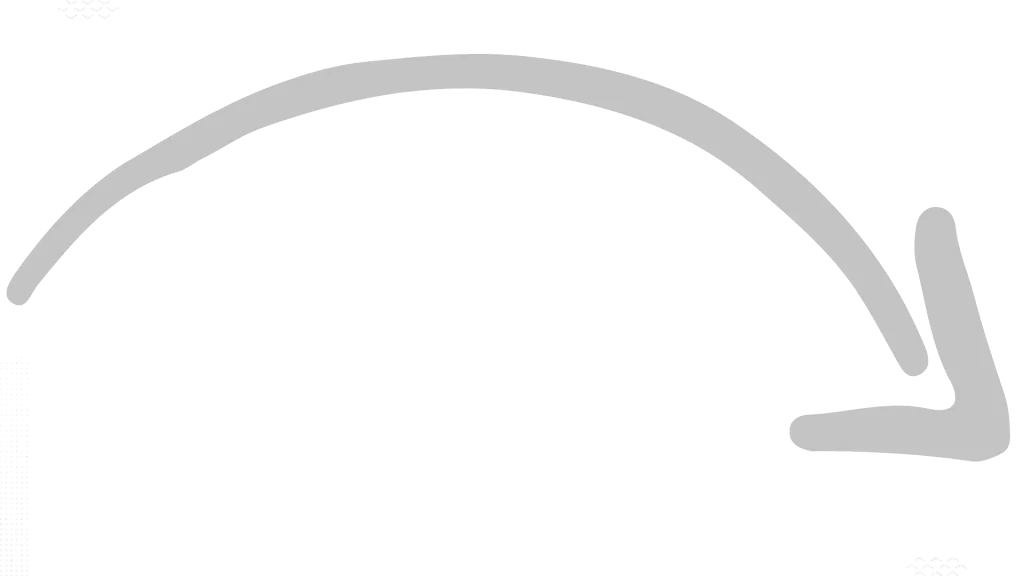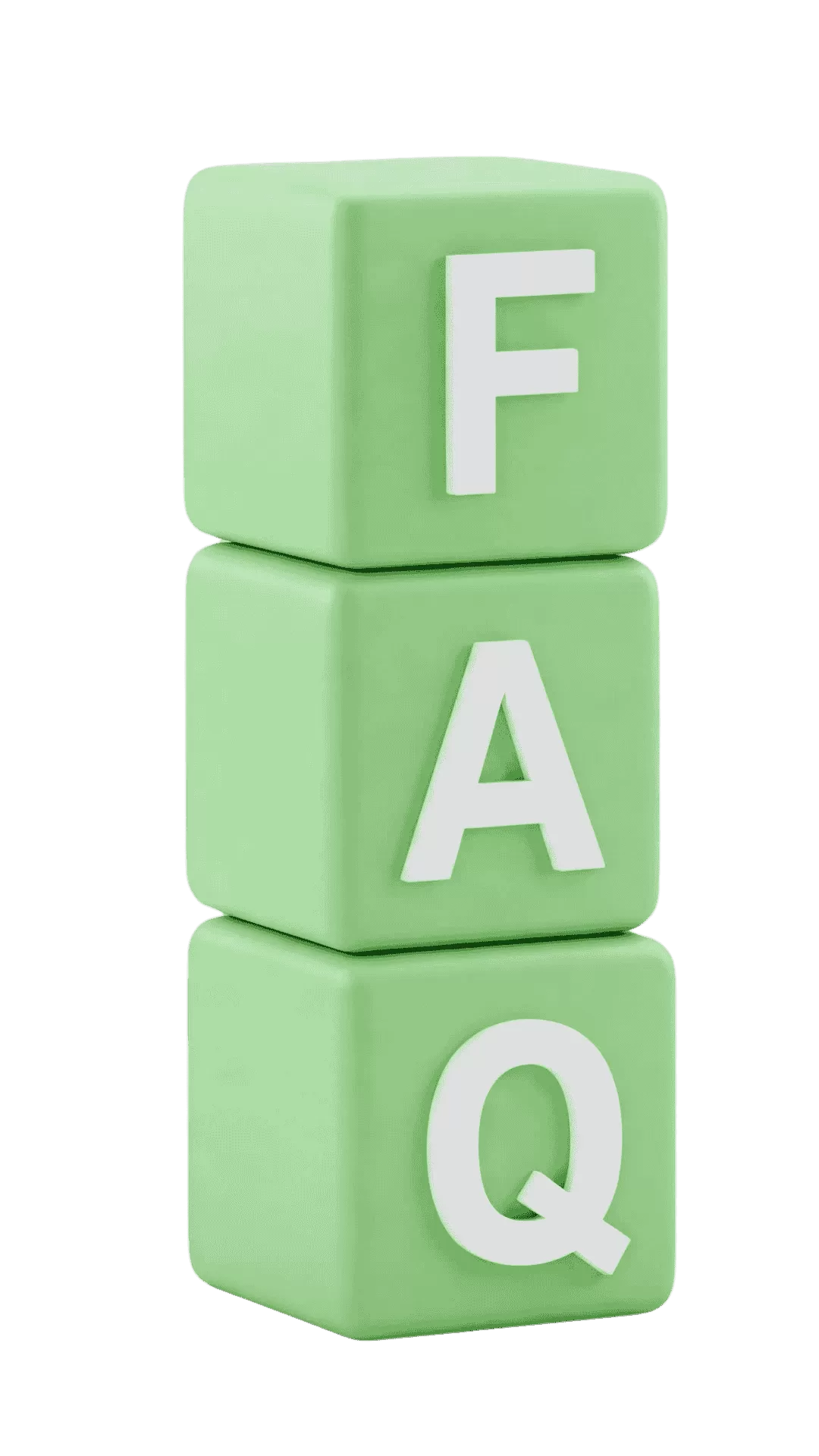1.1: Anthropometrics
1.2: Psychological factors
1.3: Physiological factors
3.1: Conceptual modelling
3.2: Graphical modelling
3.3: Physical modelling
3.4: Computer-aided design (CAD)
3.5: Rapid prototyping
4.1: Properties of materials
4.2: Metals and metallic alloys
4.3: Timber
4.4: Glass
4.5: Plastics
4.6: Textiles
4.7: Composites
4.8: Scales of production
4.9: Manufacturing processes
4.10: Production systems
4.11: Robots in automated production
5.1: Invention
5.2: Innovation
5.3: Strategies for innovation
5.4: Stakeholders in invention and innovation
5.5: Product life cycle
5.6: Rogers’ characteristics of innovation and consumers
5.7: Innovation, design and marketing specifications
6.1: Characteristics of classic design
6.2: Classic design, function and form
7.1: User-centred design (UCD)
7.2: Usability
7.3: Strategies for user research
7.4: Strategies for UCD
7.5: Beyond usability—designing for pleasure and emotion
8.1: Sustainable development
8.2: Sustainable consumption
8.3: Sustainable design
8.4: Sustainable innovation
9.1: Corporate strategies
9.2: Market sectors and segments
9.3: Marketing mix
9.4: Market research
9.5: Branding
10.1: Just in time (JIT) and just in case (JIC)
10.2: Lean production
10.3: Computer-integrated manufacturing (CIM)
10.4: Quality management
10.5: Economic viability
Identify strengths, weaknesses, and needs.
Set academic goals with a clear learning roadmap.
Develop a detailed and structured study plan.
Teachers provide close guidance and adapt flexibly to maximize learning outcomes.
Identify strengths, weaknesses, and needs.

Set academic goals with a clear learning roadmap.

Develop a detailed and structured study plan.

Teachers provide close guidance and adapt flexibly to maximize learning outcomes.

Teaches:
Curriculum:

Teaches:
Curriculum:

Teaches:
Curriculum:

Teaches:
Curriculum:

Teaches:
Curriculum:

Teaches:
Curriculum:

Teaches:
Curriculum:

Teaches:
Curriculum:
| Condition / Feature | Standard | Premium | Platinum |
|---|---|---|---|
| 🌟Target Score Commitment | ❌ | ❌ | ✅ |
| Worksheets and Lesson Notes | ✅ | ✅ | ✅ |
| In-class Exercises and Solutions | ✅ | ✅ | ✅ |
| Extra Homework | ✅ | ✅ | ✅ |
| Exam-style and Past Papers | ✅ | ✅ | ✅ |
| Question Bank | ✅ | ✅ | ✅ |
| Saturday Morning Homework Support | ❌ | ✅ | ✅ |
| Fixed Teacher | ❌ | ✅ | ✅ |
| Support for IA, EE, TOK | ❌ | ✅ | ✅ |
| After-hours Message Response (until 9:30 PM) | ❌ | ✅ | ✅ |
| Initial Teacher & Student Meeting (Welcome Meeting) | ✅ | ✅ | ✅ |
| Teacher & Parent Conference | ❌ | ✅ | ✅ |
| Periodic Academic Reports | ✅ | ✅ | ✅ |
| Teacher's Feedback and Evaluation After Each Class | ✅ | ✅ | ✅ |
| Rescheduling Policy (Notice within working hours) | 24 hours | 12 hours | 06 hours |
| Exam Pass Commitment | ✅ | ✅ | ✅ |
Do not hesitate to contact Intertu


191 Nguyen Van Huong Street, Thao Dien Ward, Thu Duc City, Ho Chi Minh City
info@intertu.edu.vn
Phone : (028) 22426282 Zalo : 0971515265
Liên hệ ngay